You’re searching for a way to get lean, conditioned, and stronger, but you haven’t found it yet. Either the workouts aren’t tough enough, or you’re crunched for time, and nothing is working. Have you tried HIIT yet? HIIT stands for high-intensity interval training, and it is one of the latest exercise fads that actually has worth. Sure, HIIT is not easy, but it gets you the results you want in less time.
What is HIIT?
High-intensity interval training is very specific about what you do. HIIT is a workout session that has short bursts of very intense work mixed in. The whole purpose is to take the work you are doing and amplify it for about 30-90 seconds. For example, you might be doing a standard set of kettlebell swings then leap into 60 seconds of squat jumps at maximum effort. Another example is doing a short sprint upstairs then walking back down to the bottom to start again.
What are the Benefits of HIIT?
There has been a flood of research of HIIT now that it’s in the spotlight. Numerous studies report that when you work your hardest, you boost endurance, fire up your metabolism, regulate insulin levels, and torch body fat.
Celebrity trainer and fitness expert Rob Sulaver says, “All exercise helps burn fat by burning calories, [but] more intense exercise burns more fat.”
Compared to other workouts, like steady state cardio, HIIT is much more effective at helping you get shredded. You exhaust your energy stores rapidly, and the body is forced to metabolize fat to keep you going.
This ties into the most important health benefit of HIIT. The intervals boost your VO2max—the measurement of endurance that shows how much oxygen your body can use effectively. According to the book, The One Minute Workout, co-authored by a globally known expert on interval training and professor at McMaster University, Martin Gibala, “Scientists have found that [VO2max] is one of the best predictors of overall health… The more aerobically fit you are, the better your heart can pump blood, the longer it takes you to get out of breath, and the farther and faster you’re able to bike or run or swim.”
In a 2014 study, Gibala and other researchers brought together sedentary overweight and obese participants to do three HIIT workouts per week. These workouts were 30 minutes in length and included three 20-second intervals of fast pedaling on an exercise bike. Even in that short period, participants improved their VO2max.
Another study from 2016, also conducted by Gibala, studied two groups of exercisers for 12 weeks. The first group did 10 minutes of HIIT, and the other group did 50 minutes of steady-state cardio. The notable finding was that both groups improved their oxygen uptakes at the same rate, even with the time difference.
For these reasons, elite athletes are being encouraged to utilize HIIT during their training to develop work capacity, mental toughness, and push through performance plateaus. Mayo Clinic exercise researcher Michael Joyner stated in a 2016 interview with Vox, “There’s observational data in athletes going back to almost 100 years showing the benefits of a few bouts of really high-intensity exercise in people.”
How Does HIIT Affect Weight Loss?
Aside from improving your heart health and shredding fat, research has repeatedly revealed that you can burn the same amount of calories during a 20 minute HIIT session as you would doing 50-60 minutes of continuous exercise. There is also the HIIT “afterburn” effect, also known as “excess post-exercise oxygen consumption.” The afterburn does exactly what you would assume—it leads to elevated caloric burn even after your workout is finished.
However, you need to keep in mind that the afterburn effect is marginal. Your metabolism plays a role in how much your burn after the workout, and that is why the more lean body mass you have, the better the afterburn.
Additionally, when you reach 80-95% of your VO2max, your body is pumped full of human growth hormone, testosterone, endorphins, adrenaline, norepinephrine, cortisol, and aldosterone. Each of these hormones affect body composition and muscle anabolism.
Now, does the caloric burn help you lose weight? Yes and no. You should never assume that exercise alone is going to help you lose weight. You need to look at your diet, too. That said, the fat your body uses during and after the workout will help you drop weight if you are also getting a caloric deficit.
HIIT Workouts To Try
High-intensity interval training can be tailored to your goals. Do you want to lose fat or gain muscle? The good news is that HIIT can ramp up the results of both.
HIIT Regimen for Fat Loss
- Day 1 – Full-body resistance training
- Day 2 – HIIT workout using bodyweight movements and cardio (walking, jogging, elliptical)
- Day 3 – Full-body resistance training
- Day 4 – HIIT workout using bodyweight movements and cardio (walking, jogging, elliptical)
- Day 5 – Full-body resistance training
- Day 6 & 7 – Rest
If you want to improve your aerobic and anaerobic endurance, cut out one rest day and add in one more round of HIIT on Day 6.
Keep in mind that your cardio can be anything from 30-90 seconds of sprinting on a treadmill, jumping rope, mountain climbers, burpees, or even broad jumps. You are free to choose what works best for you. Be sure to follow with an easier movement that lasts for about 30-45 seconds of active rest.
HIIT Regimen for Muscle Gain
- Day 1 – Upper body resistance training
- Day 2 – Lower body resistance training
- Day 3 – HIIT workout using bodyweight movements and cardio (walking, jogging, elliptical)
- Day 4 – Upper body resistance training
- Day 5 – Lower body resistance training
- Day 6 & 7 – Rest
Same as above, your cardio element can be anything you want, as long as you can do it at 85-95% of your VO2max for 30-90 seconds. For increased muscular gains, you can add in weighted circuits, such as burpees, tuck jumps, kettlebell swings, or combinations like hang cleans → front squat → overhead press to increase your heart rate. Then, your cardio element would be sprinting uphill then dropping down for 20 pushups.
In short, HIIT is something everyone should be doing, because you can tailor it to yourself life, goals, and fitness level. Remember, that “high intensity” depends on your fitness level. Beginners can start slow, by jogging uphill for 10 seconds. Work towards greater gains. Push yourself past your limits. Through all this, you’ll be increasing your heart health, muscle, and burning off inches of fat.
Want more fitness, health, and wellness news? Fill out the contact form to get updates delivered straight to your inbox.
The post What Are HIIT Workouts And Why You Should Do Them appeared first on Gaspari Nutrition.
















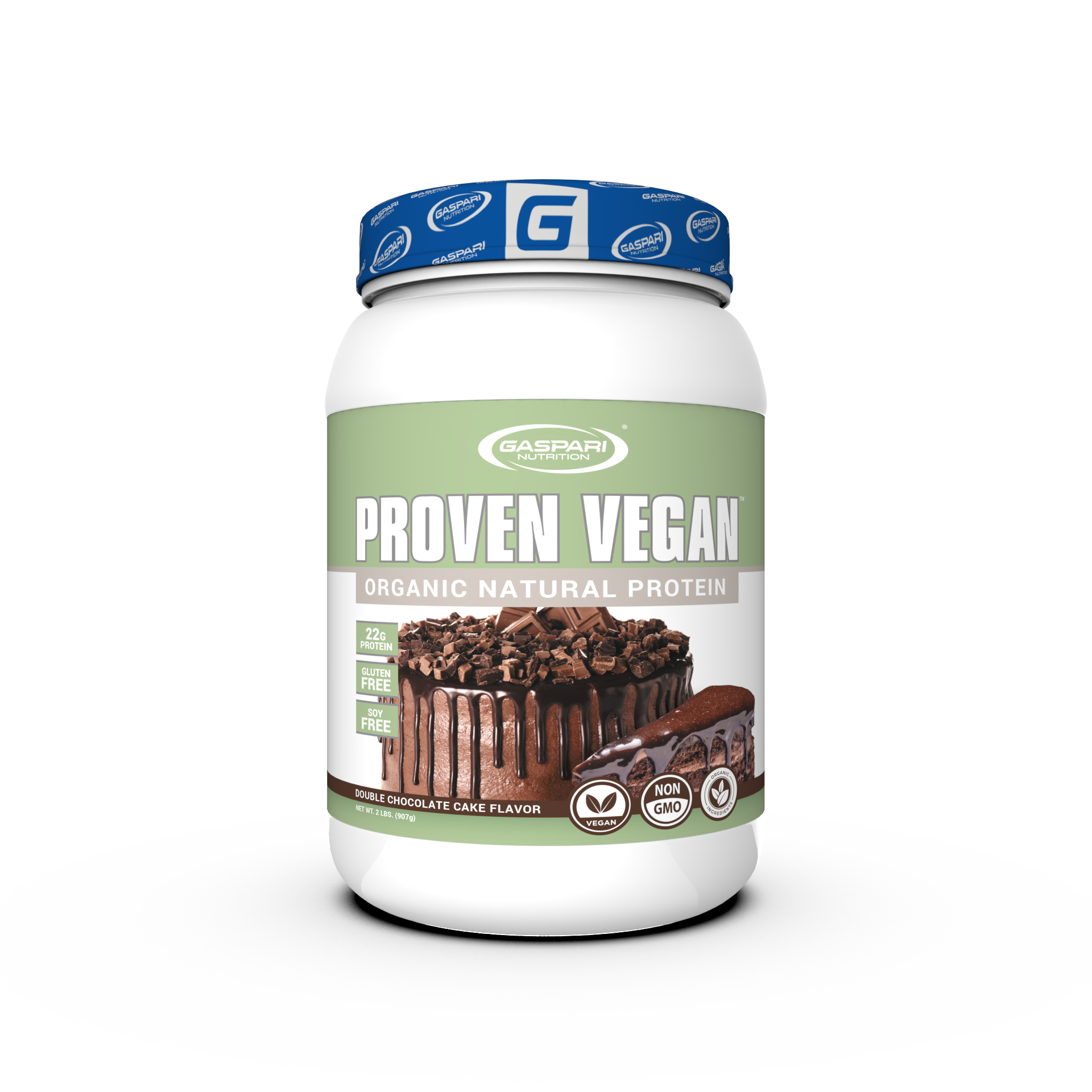








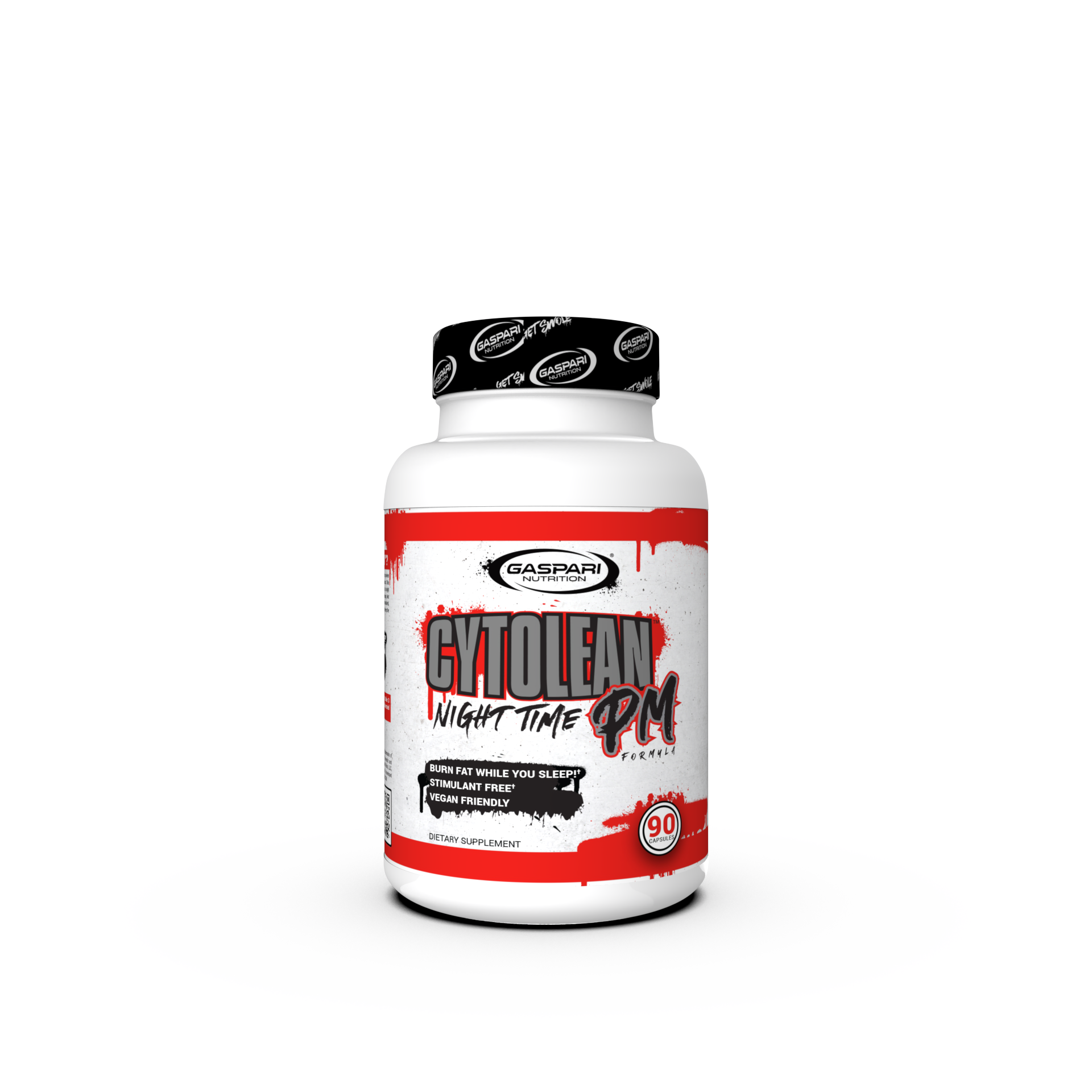

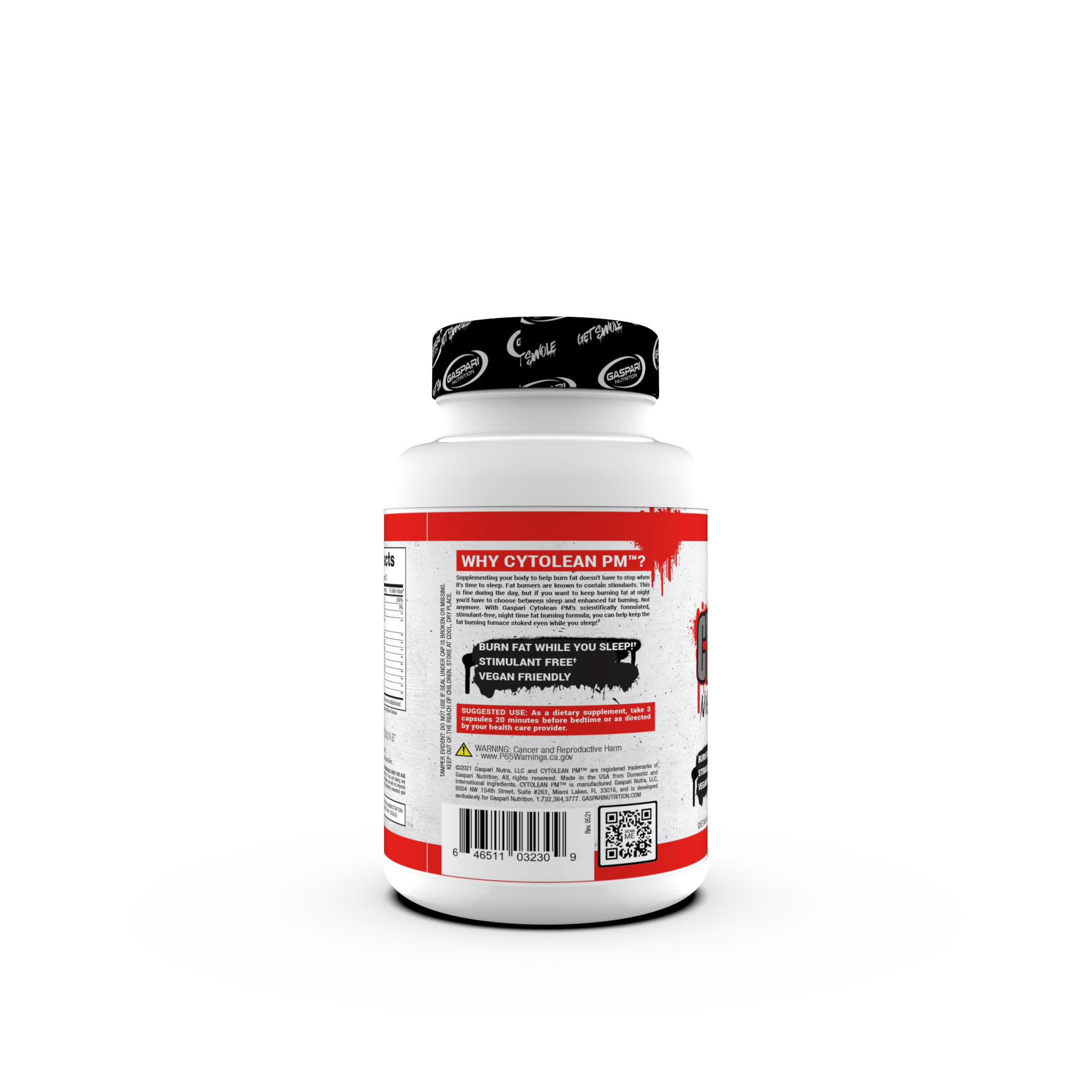



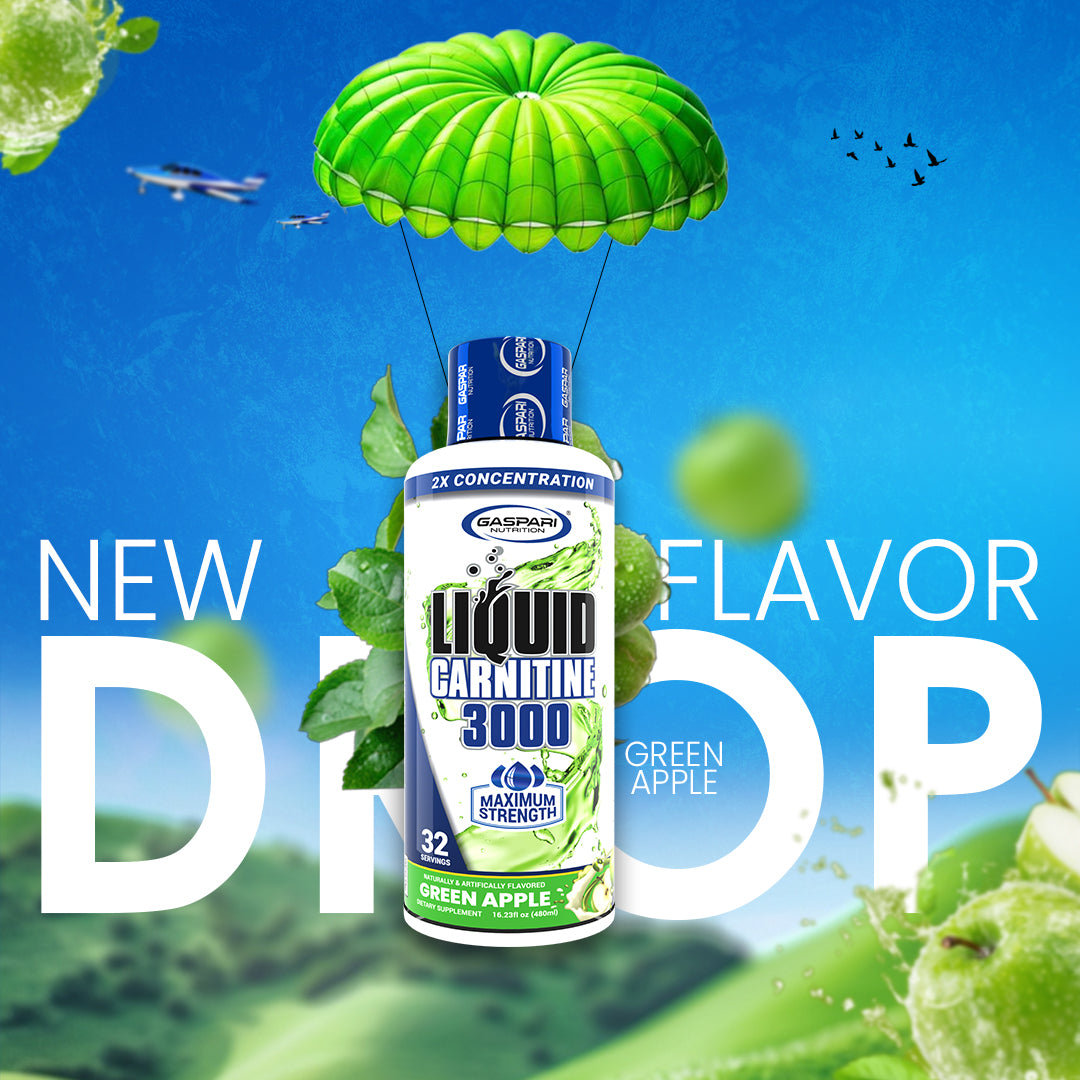









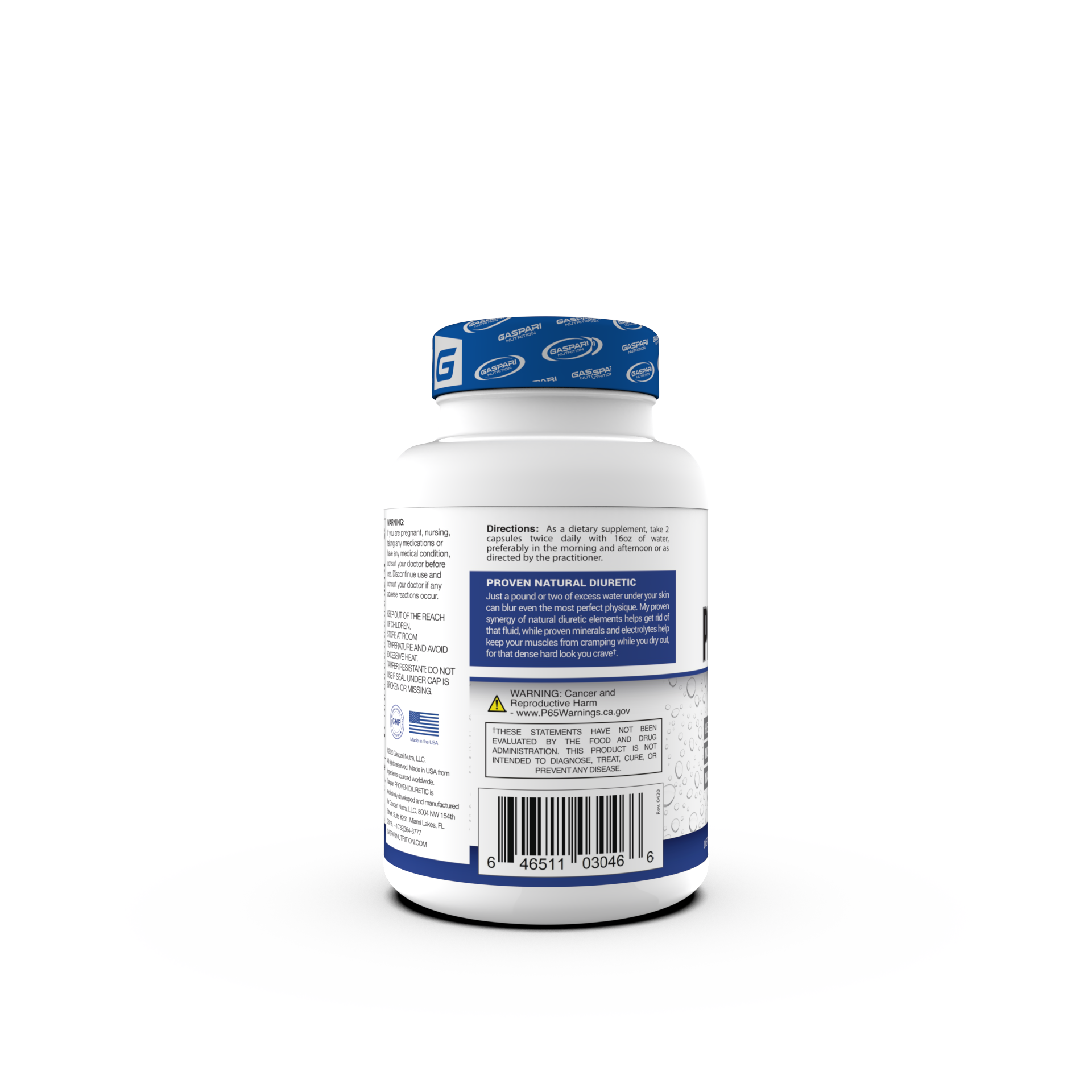
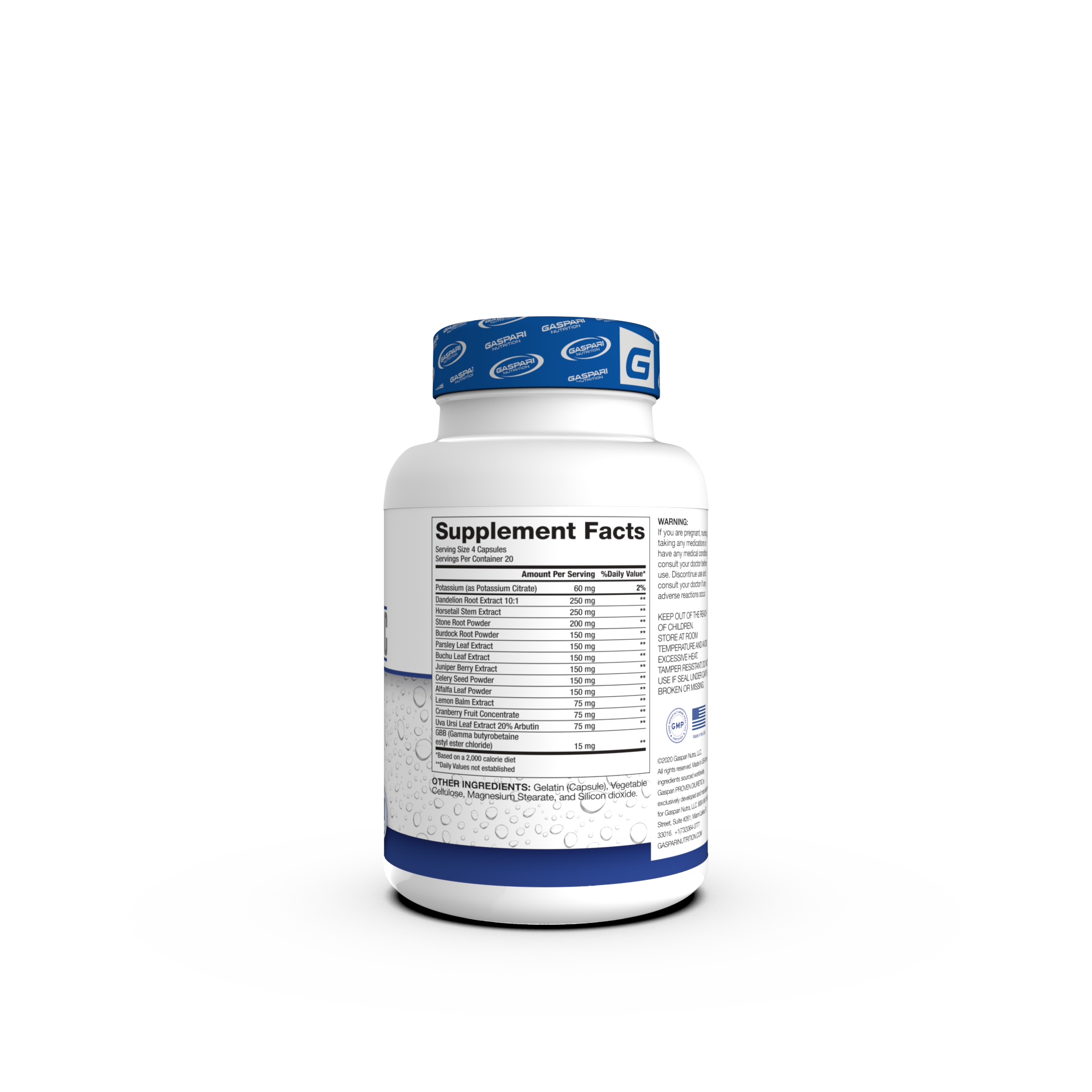








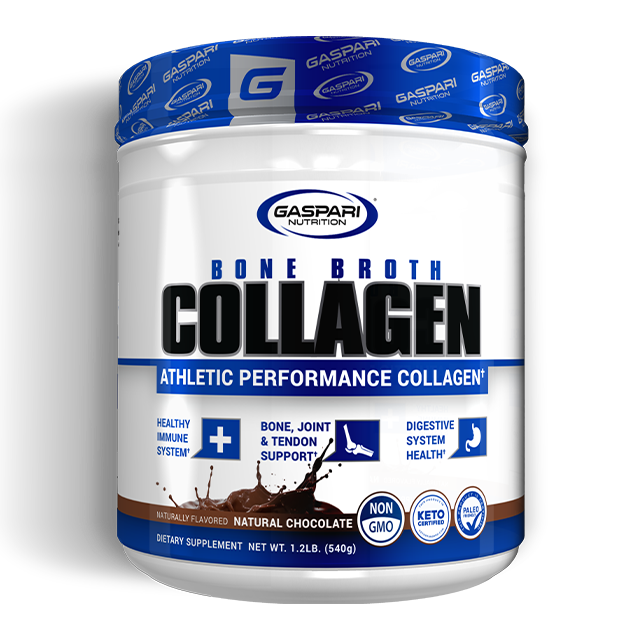

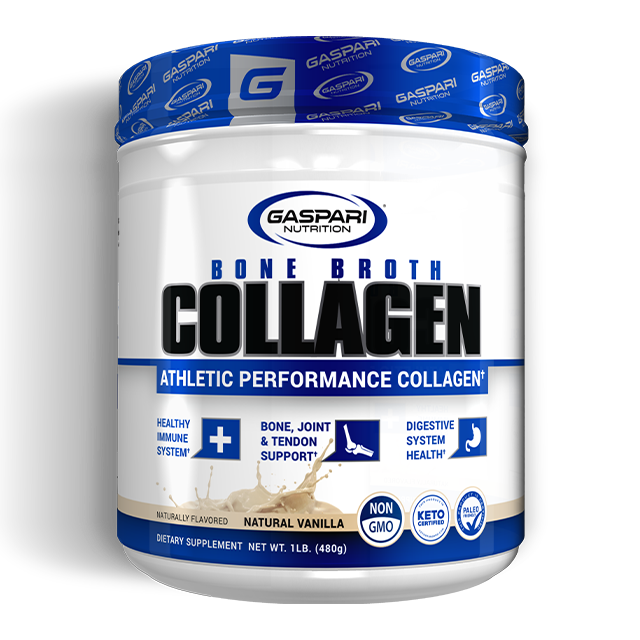






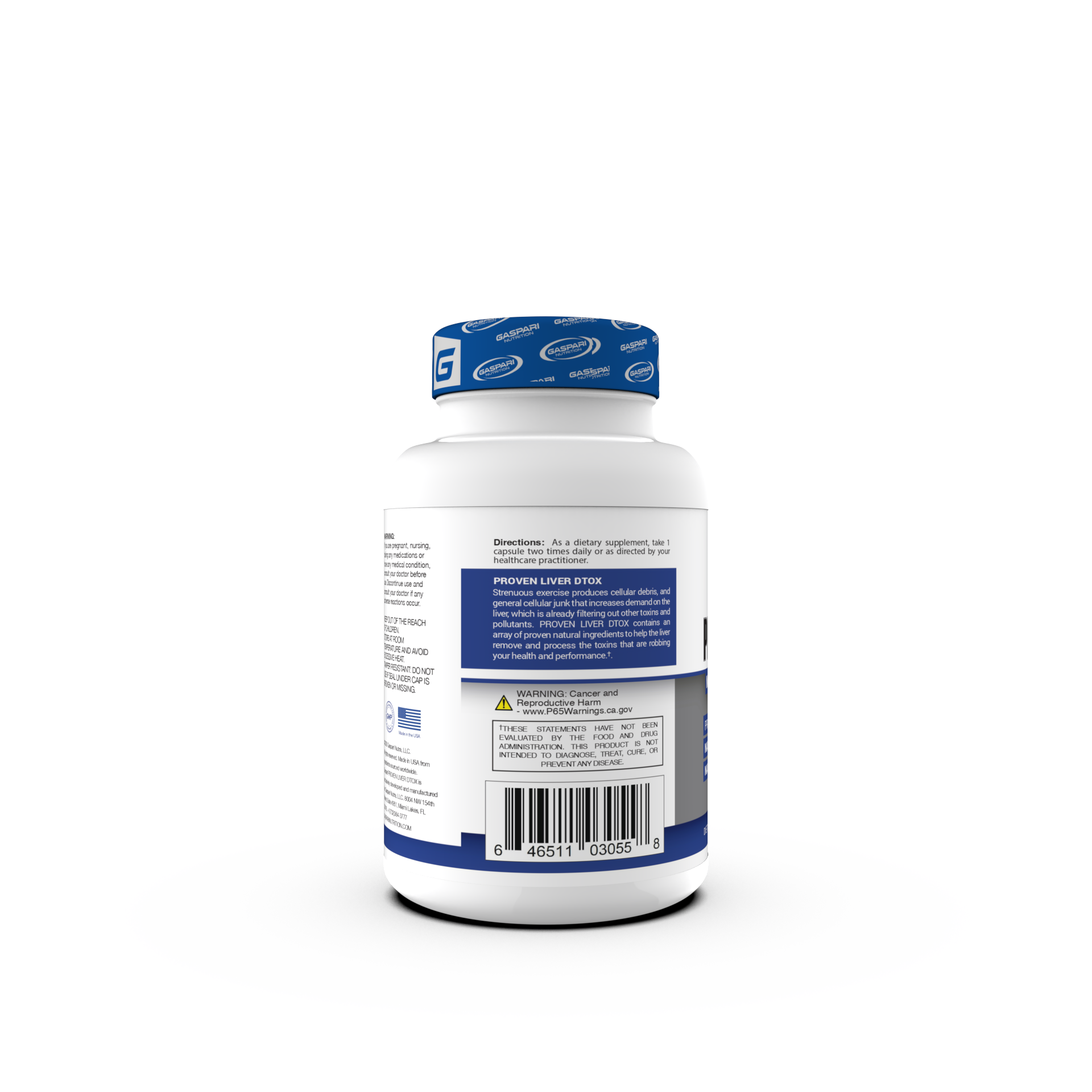
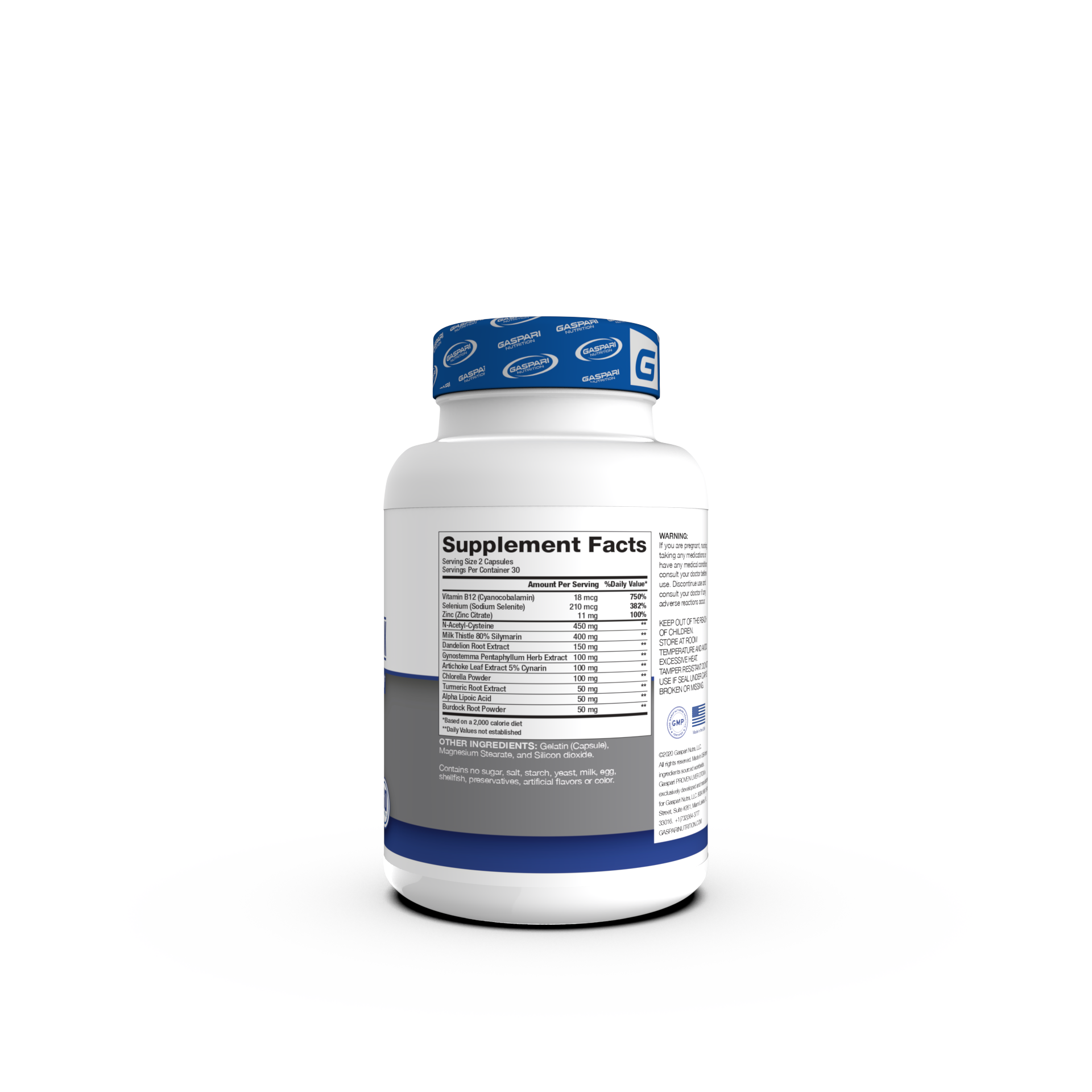

Share:
7 Common Yoga Injuries And How To Avoid Them
How To Quit Your Soda Habit